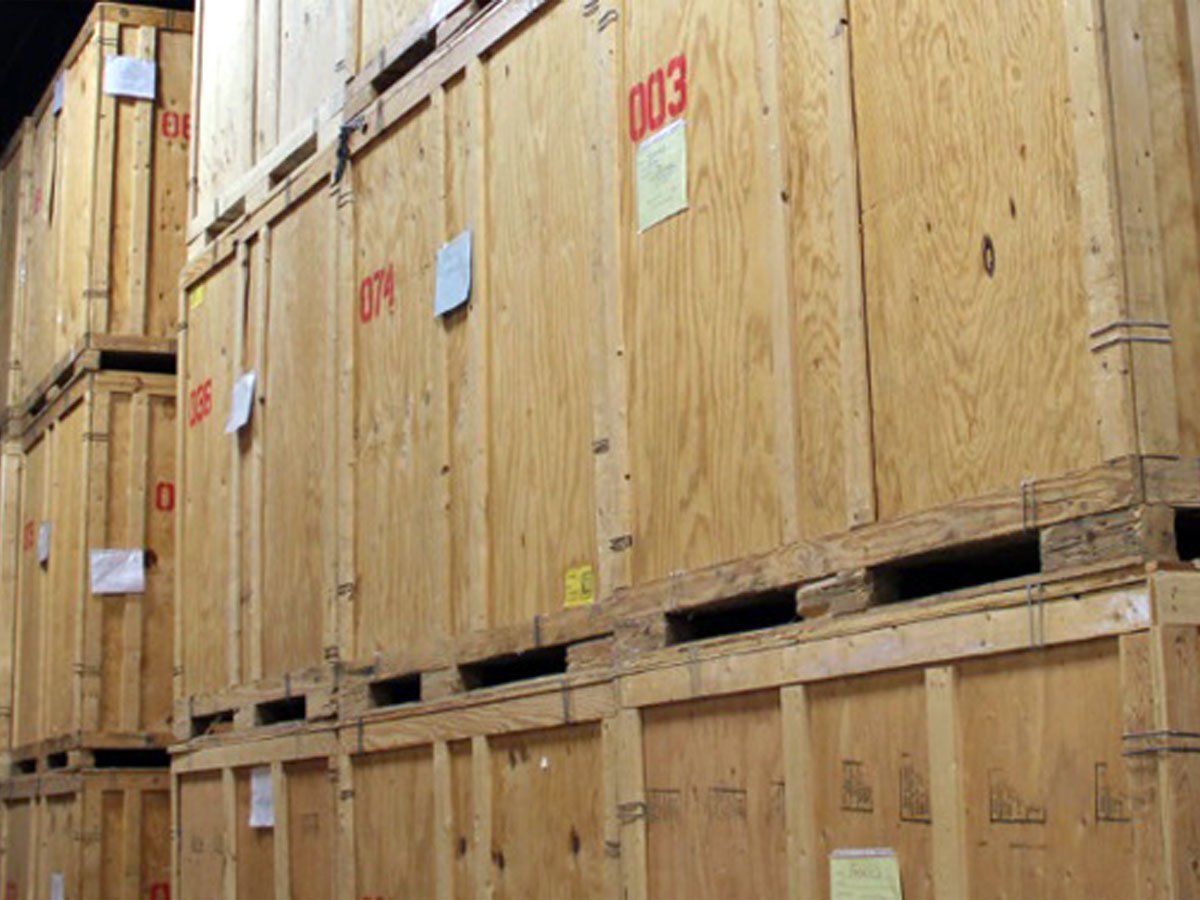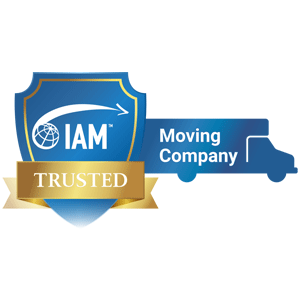
Vehicle Transport Demystified :
What to Expect When Moving Your Car Abroad
Moving your car abroad requires detailed planning and understanding of various regulations. Different countries have unique rules, taxes, and restrictions. Preparing in advance can save time, money, and stress. This guide covers two critical points: import restrictions in Asia and shipping rules for electric vehicles. Understanding these key issues will help you navigate the process effectively.
Import Challenges: What Asia’s Rules Mean for Your Car
Asia presents significant barriers to importing second-hand vehicles. Many countries discourage or outright ban such imports. These policies aim to protect domestic industries and reduce environmental risks. India and Indonesia prohibit second-hand car imports entirely except for highly specific exemptions. Similarly, Vietnam has stringent restrictions and imposes high taxes on used cars.
Another key point is the financial burden of import duties in countries that allow used car imports. For example, Thailand imposes duties exceeding 200% of the vehicle’s value. Singapore levies steep taxes alongside additional fees like the Certificate of Entitlement (COE), significantly raising costs. These rules make importing second-hand cars impractical in many cases. When moving to Asia, you need to be aware of these facts.
Researching specific regulations is essential before shipping your car to Asia. Check whether the target country allows second-hand vehicles and the associated costs. Contact the customs authority for details, including duty percentages and required paperwork. You must also consider environmental standards. Some countries demand modifications to meet local emission norms, adding another layer of complexity.

Sustainable Living on Your To-Do List When Moving Abroad
Relocating to a new country presents an opportunity to adopt a more sustainable lifestyle. Adding eco-friendly goals to your to-do list when moving abroad ensures your new space aligns with energy-efficient and environmentally conscious practices.
Begin by researching the energy standards and available resources in your destination. Some countries offer incentives for installing solar panels or upgrading to efficient appliances. Prioritize properties with sustainable features such as insulation, water-saving fixtures, or renewable energy systems. Another key point is considering local materials and eco-friendly furniture to reduce your carbon footprint.
Besides, integrating sustainable practices while settling abroad fosters a deeper connection to your new community. For instance, participating in local recycling programs or adopting public transportation reduces emissions while helping you engage with the area. In short, focusing on sustainability when moving to Asia creates a fresh start that benefits both your household and the planet.

Electric Vehicle Shipping: Why Strict Rules Exist
Shipping lines impose strict restrictions or outright bans on electric vehicle (EV) transportation. This is largely due to safety concerns. EV batteries pose risks of fire or explosion if mishandled during transport. Shipping companies prioritize safety and often refuse to transport EVs unless certain conditions are met. These include specialized packaging and compliance with specific international safety codes.
In many cases, EVs require transport via specialized carriers rather than standard shipping lines. This can limit options and increase costs. Another key point is the regional variation in EV shipping rules. Countries in Europe and North America may have more flexible policies than stricter Asian markets. Before making moving arrangements, consult your shipping provider to determine feasibility. Confirm whether they can handle EVs and inquire about necessary documentation and packaging requirements.
In short, understanding these restrictions is vital to avoid complications. Plan ahead and choose a shipping company experienced in EV transportation. Failing to comply with safety standards can result in delays, additional charges, or outright refusal to transport your vehicle.

General Steps for Moving Your Car Abroad
Shipping your car abroad involves multiple steps. First, gather all necessary documentation, including proof of ownership, insurance, and customs forms. Check the destination country’s specific requirements. These might include emissions certifications, inspection reports, or modifications to meet local standards. Prepare your car by cleaning it thoroughly and removing personal items. Many countries have strict cleanliness requirements to prevent importing foreign contaminants.
With this in mind, choose the right shipping method. Roll-on/Roll-off (RoRo) shipping is more affordable but exposes your car to the elements. Container shipping offers greater protection but is more expensive. Evaluate both options based on your budget and the value of your vehicle.
Insurance is another critical consideration. Verify whether your shipping provider offers adequate coverage. If not, purchase additional insurance to protect your vehicle against damage or loss during transit. Ensure the policy covers all potential risks, including those specific to international shipping.
Finally, coordinate customs clearance at your destination. Work with a local agent or customs broker familiar with the country’s import procedures. They can guide you through the necessary steps, reducing the likelihood of delays or additional charges.
Planning Ahead: Tips for a Hassle-Free Move
Effective planning can make moving your car abroad more manageable. Start by creating a detailed timeline. Research import regulations and shipping requirements months in advance. Delays often occur due to incomplete paperwork or missed deadlines. Allocate sufficient time for obtaining necessary documents and arranging transport.
Avoid common mistakes, such as underestimating costs or failing to verify import restrictions. For instance, shipping a car to Asia without confirming second-hand vehicle rules can lead to expensive penalties. Similarly, not addressing EV-specific shipping requirements may result in last-minute cancellations or rejections.
Another key point for moving to an Asian country is working with reliable professionals. Choose a reputable shipping company with experience in international car transport. Look for reviews or testimonials to ensure their reliability. Similarly, consult local customs experts who can clarify country-specific regulations. Their guidance can prevent costly errors and save time.
After your car arrives, follow all required local registration and inspection steps. Some countries mandate emissions tests or technical inspections before vehicles can be driven. Budget for these additional costs to avoid unexpected expenses.
Summary: Navigating the Complexities of Moving Your Car Abroad
In contrast to domestic car transport, moving your car abroad requires stricter rules and higher costs. Understanding import restrictions, especially in Asia, is crucial. Many countries either ban second-hand cars or impose high taxes, making the process expensive. Similarly, shipping electric vehicles requires careful planning due to safety-related restrictions. Choose a reliable shipping provider and verify all requirements beforehand.


























